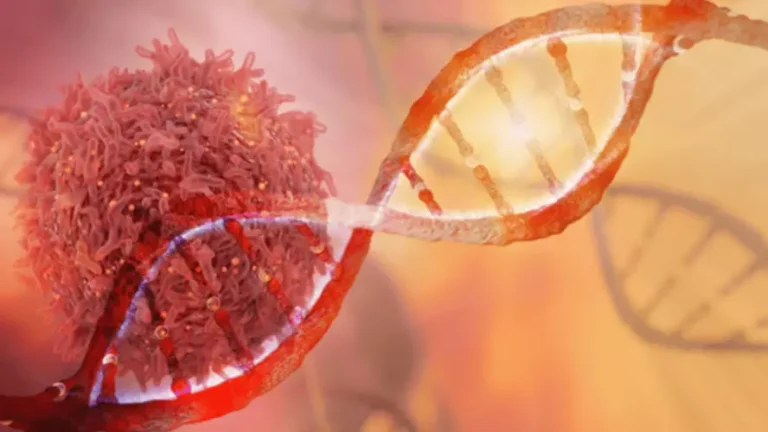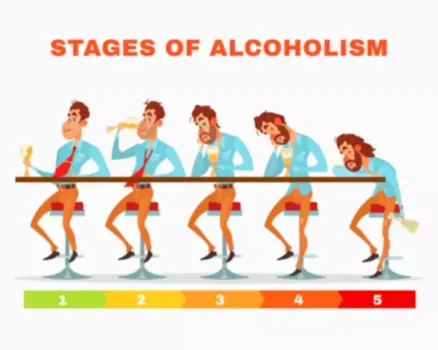
For 110 years, amphetamine was thought to be a human invention, but the compound was found in 1997, along with methamphetamine, nicotine and mescaline, within two species of Texas acacia bushes 3, 4. Where possible, drug administration should be interrupted occasionally to determine if there is a recurrence of behavioral symptoms sufficient to require continued therapy. Manifestations of acute overdosage with amphetamines include restlessness, tremor, hyperreflexia, rapid respiration, confusion, assaultiveness, hallucinations, panic states, hyperpyrexia and rhabdomyolysis. The anorectic and stimulatory effects of amphetamines may be inhibited by lithium carbonate.
Nationally Accredited Behavioral Health Programs
- The effects of these drugs on the body as a whole have a lot to do with amphetamine half life durations.
- Most drug screenings, such as those related to employment screenings, will look for amphetamines present.
- This is because drugs tend to stay in the body long after their effects have worn off.
- The current illicit amphetamine epidemic is increasing the incidence of this problem.
Pharmacokinetic curves are monophasic and linear between 30 and 70 mg in pediatric patients and between 50 and 250 mg in adults. When compared in a head-to-head manner using equivalent doses, there is a lag time in reaching peak plasma level of d-AMP (about 1 hour) when administered as LDX, but the overall pharmacokinetics are practically identical. Cotempla XR ODT has a pharmacokinetic profile similar to a comparable dose of MPH ER capsule with a slightly higher peak concentration and overall bioavailability.

Healthy heart diet guide
- People who abuse amphetamines on a regular basis sooner or later start to engage in bingeing behaviors.
- Beyond the characterization of generally safe treatment protocols, it is important to identify protective factors.
- Even after 5 half-life cycles, traces of a drug can still be detected in hair, urine, and other specific parts of the body.
- There are occasions when a patient cannot access the formulation that they have been taking and the clinician needs to consider a formulation substitution to provide interim coverage.
- Amphetamine has occasional therapeutic use in the treatment of narcolepsy and attention deficit hyperactivity disorder (ADHD).
Since over 95% of pharmaceutical amphetamines are either d-amphetamine or a mixture of d- and l-amphetamine salts, this review concentrates on these compounds. Methamphetamine is less frequently used in clinical preparations, and is primarily discussed as a comparative drug. PPIs act on proton pumps by blocking acid production, thereby reducing gastric acidity. Therefore, coadministration of Adderall and proton pump inhibitors should be monitored for changes in clinical effect.

Drug/Laboratory Test Interactions
Metabolism processes rely on a series of chemical interactions to break down, use and eliminate materials from the body. Any one chemical interaction requires certain conditions be present in order for the process to take place. With amphetamine metabolism processes, the body’s pH levels affect amphetamine half life times. Amphetamines are noncatecholamine, sympathomimetic half life of amphetamines amines that promote release of catecholamines (primarily dopamine and norepinephrine) from their storage sites in the presynaptic nerve terminals. Misuse of amphetamines may cause sudden death and serious cardiovascular adverse reactions. That said, Adderall XR may be used during pregnancy if the benefit to the mother outweighs those potential risks.
CNS Side effects
The drug should not be distributed to others, and healthcare professionals should prescribe or dispense the medication sparingly. The American Academy of Pediatrics rates amphetamines as drugs of abuse for which there are reports of adverse effects on the infant during breastfeeding. Unlike other MPH formulations, the target for drug delivery is the colon, which is less absorptive. This results in a prolonged absorption window and, perhaps, the extended duration of response. Pharmacokinetic studies suggest that the drug has a monophasic profile and there are no significant differences in pharmacokinetic findings across all age groups when a weight-adjusted dose analysis is used. There is an intended initial delay of 8–10 hours before drug begins to be released.

MAOI antidepressants, as well as a metabolite of furazolidone, slow amphetamine metabolism. This slowing potentiates amphetamines, increasing their effect on the release of norepinephrine and other monoamines from adrenergic nerve endings; this can cause headaches and other signs of hypertensive crisis. A variety of neurological toxic effects and malignant hyperpyrexia can occur, sometimes with fatal results. Gastrointestinal acidifying agents (guanethidine, reserpine, glutamic acid HCl, ascorbic acid, fruit juices, etc.) lower absorption of amphetamines.

Administer initial dose on awakening; when administered in divided doses, additional doses are given at intervals of 4–6 hours. Because of potential for insomnia, avoid administering in the late evening. Amphetamine was initially synthesized in Berlin in 1887 as 1-methyl-2-phenethylamine. It was the first of several chemicals, including methamphetamine and methylenedioxymethamphetamine, which have similar structures and biological properties, and are referred to collectively as “amphetamines” 2.
- With normal urine pHs approximately half of an administered dose of amphetamine is recoverable in urine as derivatives of alpha-hydroxy-amphetamine and approximately another 30% to 40% of the dose is recoverable in urine as amphetamine itself.
- A beta-blocker such as propranolol can help to manage cardiac tachyarrhythmias.
- As a result, many reasons exist for determining if there are drugs in a person’s system.
- These agents should not be prescribed liberally, and even when prescribed, the patient must have close monitoring to ensure that there is no misuse of the medication.
- Once their concentration goes down, they tend to leave the bloodstream to be excreted.
- Possible lowering of seizure threshold in patients with history of seizures, in those with prior EEG abnormalities but no history of seizures, and, very rarely, in those without history of seizures and with no prior evidence of EEG abnormalities.
Because methamphetamine is one of the most difficult to control addictive substances once a person begins to use, testing for it is nearly always done in drug panels by health care screening, employment drug tests and other types of background checks. The most common method for testing for amphetamines is in urine, https://ecosoberhouse.com/ but it is also done through blood tests. In even less invasive testing, health care workers can use a strand of hair to detect the presence. Keep in mind that, in hair, use over a much longer period can be detected. The effects of amphetamines can last different time lengths depending on the drug used.
Brain damage from abuse
Particular care should be taken in using stimulants to treat ADHD patients with comorbid bipolar disorder because of concern for possible induction of mixed/manic episode in such patients. Patients who develop symptoms such as exertional chest pain, unexplained syncope, or other symptoms suggestive of cardiac disease during stimulant treatment should undergo a prompt cardiac evaluation. According to the National Institute on Drug Abuse, detox is only the first step in a process of recovery from drug dependence and addiction. People that are addicted to amphetamines should seek further treatment after they have completed withdrawal, including behavioral therapy and relapse prevention training. When a person has been using amphetamines for a long period of time or at high doses, they are likely to experience psychological and physiological signs and symptoms if they drastically reduce their dose or abruptly quit taking the drug. This is called amphetamine withdrawal syndrome, and it can be challenging to get through without support [3].
At FHE, we are committed to assisting you in making progress towards a new life free from the grips of addiction. The confirmation test, called liquid chromatography-mass spectrometry (LC-MS), is very sensitive and specific. In other words, LC-MS tests are not prone to false positives like standard urine drug screens. Extended-release capsules should be swallowed whole (without chewing), or the entire capsule may be sprinkled on food and consumed immediately. As noted previously, oral absorption of dl-MPH can favor the d-MPH enantiomer.
